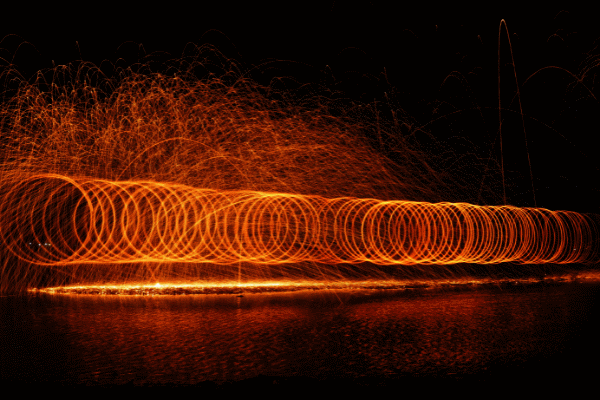What Grit Sand Stainless Steel?
What Grit Sand Stainless Steel?

When sanding stainless steel, you should always use the correct grit, regardless of its type. The coarser grit will leave a scratch pattern on the surface, and the finer sandpaper will remove those scratches. It takes a few minutes to finish sanding one stainless steel section, but it will take a long time to sand one full piece.
The No. 4 Finish is most commonly used for the food and appliance industry, hospitals, and escalators. It is often applied to any area that is in contact with food. The grit level for this finish is usually between 120 and 320. Higher grit numbers result in finer polishing lines and a more reflective finish. If you're unsure what sanding grit to use for your piece, you should look up the manufacturer's recommended sanding process.
The No. 4 Finish is the most commonly used appliance and elevator in the food industry. It is also commonly used in hospitals and food-contact areas. The grit number can range from 120 to 320, with higher grit numbers producing finer lines and more reflective surfaces. The more sandpaper you use, the better the finished product will look. And don't forget to wear rubber gloves!
If you're sanding a stainless steel sink bowl, you can use a coarse metal polish on a belt sander. You can also use a buffing wheel to finish the project. Because stainless steel sink bowls are typically work-hardened, scratches are rare. If the fine grit doesn't do the job, you can try a coarser one.
For most stainless steel sink bowls, a No. 4 Finish is the most commonly used finish in the food industry. In addition, to sink bowls, it's common for sinks to touch food. In addition, to sink bowls, other stainless steel applications include elevators, and hospitals. No. 4 Finish is widely used in these areas. No. 4 is the best option for these items.
The most common finish is No. 4, ideal for appliances, hospitals, and the food industry. Fine, parallel polishing lines distinguish this finish. No. 4 sandpaper is typically between 120 and 320 grit, with the higher grit producing a finer, more reflective finish. But if fine sandpaper doesn't work fast enough, you may need a coarser one.
The most common type of finish for stainless steel is No. 4. It is suitable for appliances, escalators, and other places where food will contact the surface. In this case, you should use high-quality sandpaper to remove scratches. Good sandpaper will produce a mirror-like finish. If you're unable to do this, a commercial sander will do the job for you.
A good sander should handle stainless steel in a variety of grits. It is important to remember which direction the grain is in when sanding. If you want the stainless steel to be as smooth as possible, start with finer sandpaper. However, if this doesn't work quickly, try a coarser grit.
When sanding stainless steel, make sure you know the grain's direction. It will help if you sand in the direction of the grain. It would help if you were careful not to use too much pressure on the surface. The more you sand, the less likely you will get a sharp scratch. A rougher surface means that you're using too much pressure. Finer sandpaper can cause the scratch to become deeper.
Using fine sandpaper, you can remove large scratches and fine scratches. You can also use coarse sandpaper for finishing and then move on to a finer one when you need to make minor scuffs. A fine grit will make the metal more prone to scratches as with any sandpaper. The more you sand the surface, the better the results will be.
 Telephone :+86 157 6285 8378
Telephone :+86 157 6285 8378 WhatsApp :+86 157 6285 8378
WhatsApp :+86 157 6285 8378 Email :
Email :














